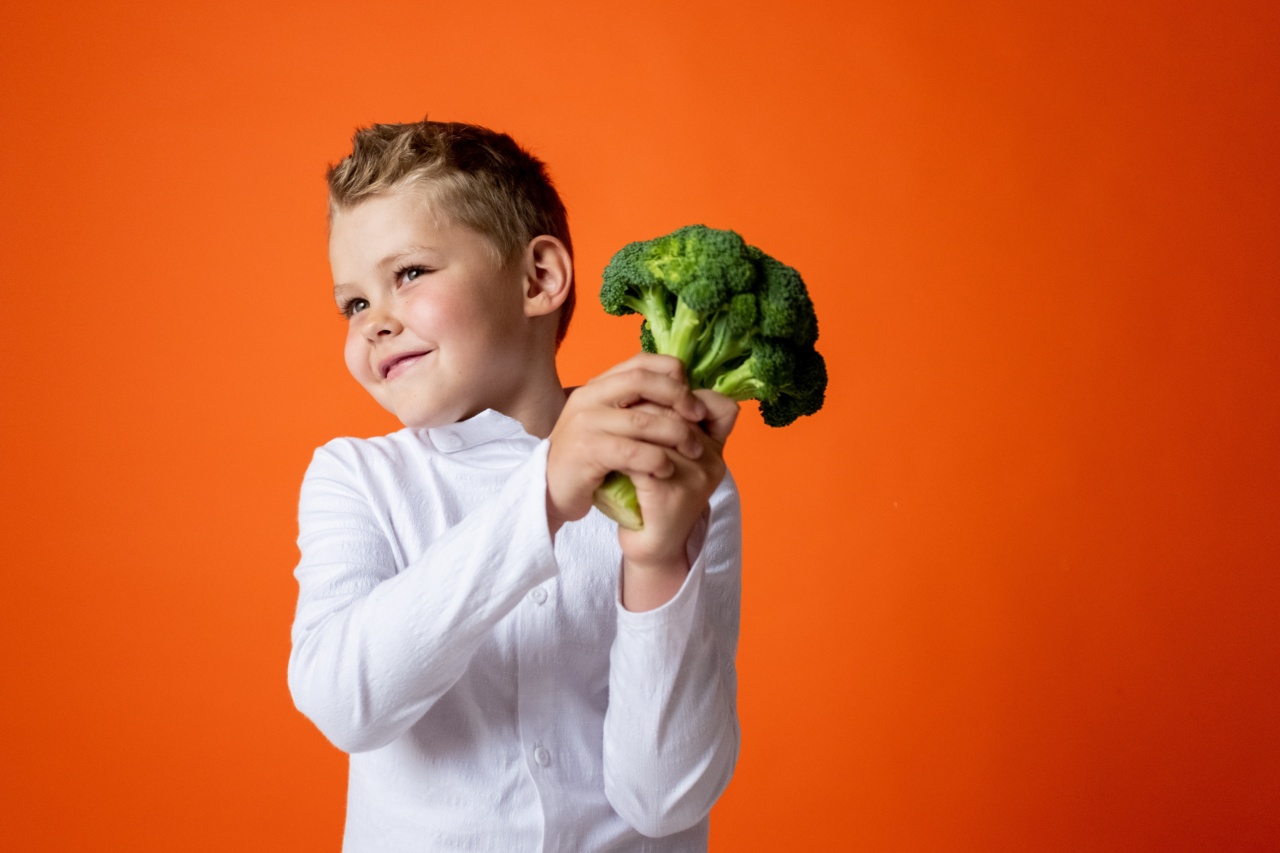Childhood hypertension, or high blood pressure, is becoming increasingly prevalent worldwide, with the prevalence of the condition in children and adolescents estimated to be between 3% and 5%.
This is alarming because untreated hypertension can lead to serious complications such as heart disease and stroke.
What is Hypertension?
Hypertension is a chronic condition characterized by elevated blood pressure in the arteries. Blood pressure is the force of blood pushing against the walls of the arteries as the heart pumps blood.
It is measured in millimeters of mercury (mmHg) and is expressed as two numbers.
The first number, or systolic pressure, measures the pressure in the arteries when the heart beats. The second number, or diastolic pressure, measures the pressure in the arteries between heartbeats.
Normal blood pressure is considered to be less than 120/80 mmHg.
Causes of Hypertension in Children
There are several factors that can contribute to hypertension in children:.
- Obesity: Children who are overweight or obese are at higher risk of developing hypertension.
- Family history: Hypertension tends to run in families.
- Chronic kidney disease: In some cases, hypertension in children can be caused by kidney problems.
- Sleep apnea: Children with sleep apnea are at higher risk of developing hypertension.
- Medications: Certain medications can cause hypertension in children.
The Role of Diet
Diet plays an important role in the development of hypertension in children. A diet that is high in sodium and low in potassium can increase blood pressure. A diet that is high in saturated and trans fats can also contribute to hypertension.
Sources of Sodium
Sodium is an essential mineral that is necessary for the body to function properly. However, consuming too much sodium can lead to hypertension.
The American Heart Association recommends that children consume no more than 2,300 milligrams of sodium per day. Some common sources of sodium in the diet include:.
- Processed foods: Many processed foods are high in sodium, including canned soups, frozen dinners, and snack foods.
- Fast food: Fast food is often high in sodium, especially burgers, fries, and other fried foods.
- Sauces and condiments: Ketchup, soy sauce, and other condiments are high in sodium.
- Processed meats: Bacon, sausage, and lunch meats are all high in sodium.
Sources of Potassium
Potassium is an important mineral that can help lower blood pressure. Foods that are high in potassium include:.
- Fruits: Bananas, oranges, cantaloupe, and honeydew melon are all good sources of potassium.
- Vegetables: Spinach, sweet potatoes, acorn squash, and tomatoes are all high in potassium.
- Legumes: Kidney beans, chickpeas, and lentils are all high in potassium.
- Dairy: Milk and yogurt are both good sources of potassium.
Sources of Fats
Dietary fats can also contribute to hypertension in children.
Saturated and trans fats can increase LDL cholesterol (often called “bad” cholesterol) which can lead to the buildup of plaques in the arteries, making it more difficult for blood to flow through them. Some common sources of saturated and trans fats include:.
- Fried foods: Fried foods are often high in saturated and trans fats.
- Baked goods: Cookies, cakes, and pastries are often high in saturated and trans fats.
- Processed meats: Bacon, sausage, and lunch meats are all high in saturated and trans fats.
- Butter and margarine: Both butter and margarine are high in saturated and trans fats.
Conclusion
Diet plays a critical role in the development of hypertension in children and adolescents. Parents should encourage their children to eat a healthy diet that is low in sodium, high in potassium, and low in saturated and trans fats.
This will not only help prevent hypertension, but also promote overall health and well-being.






























